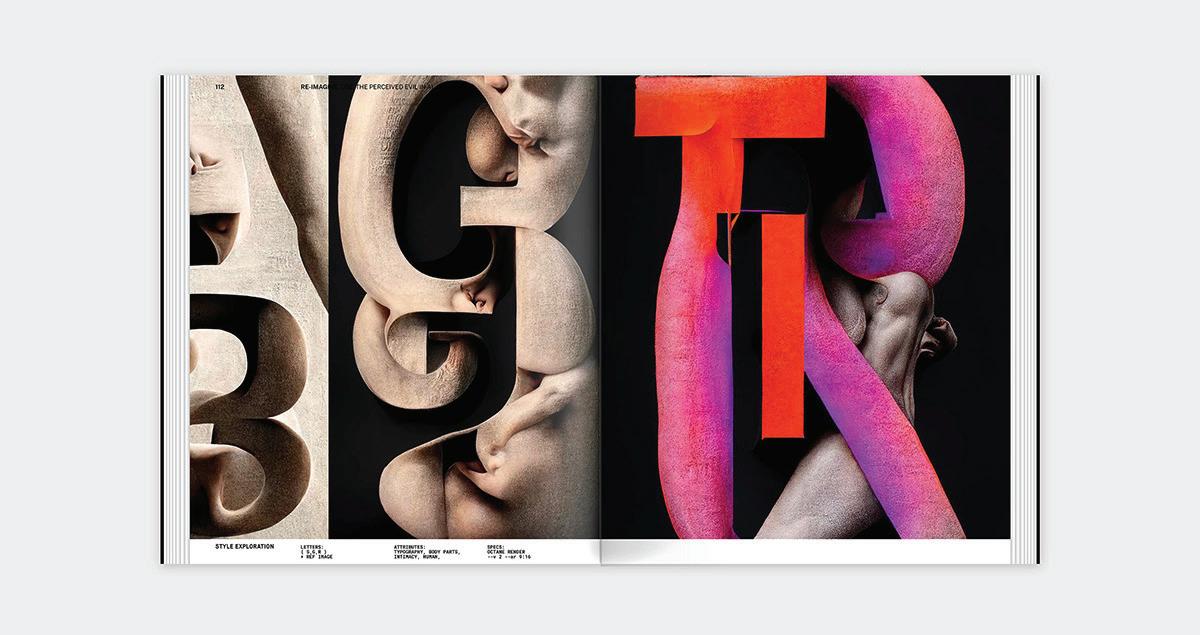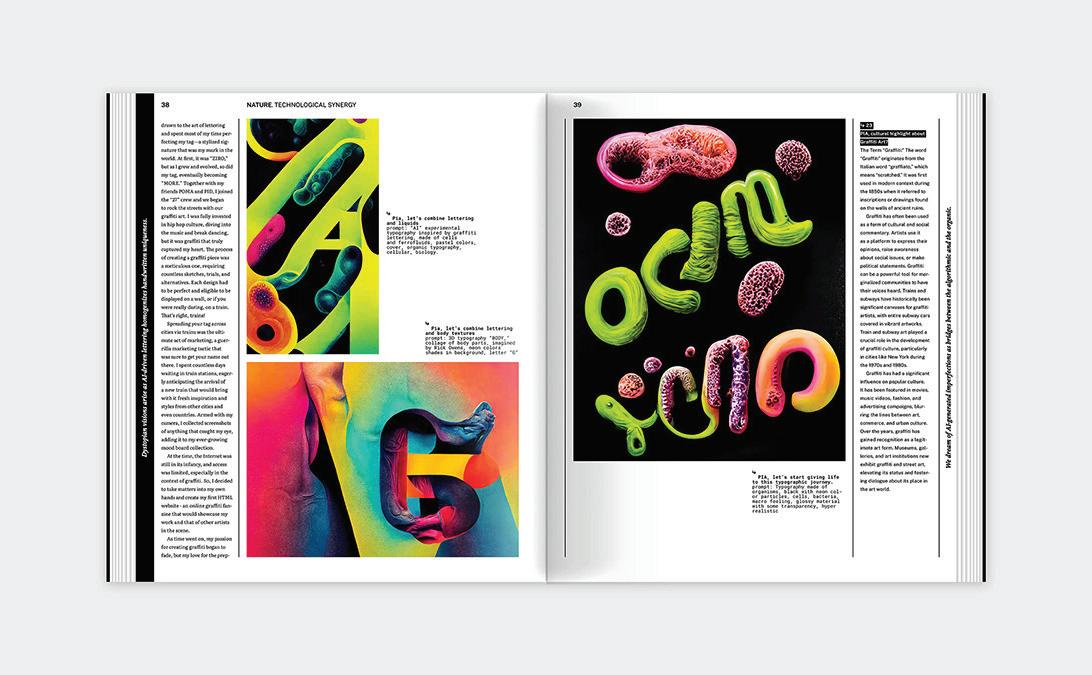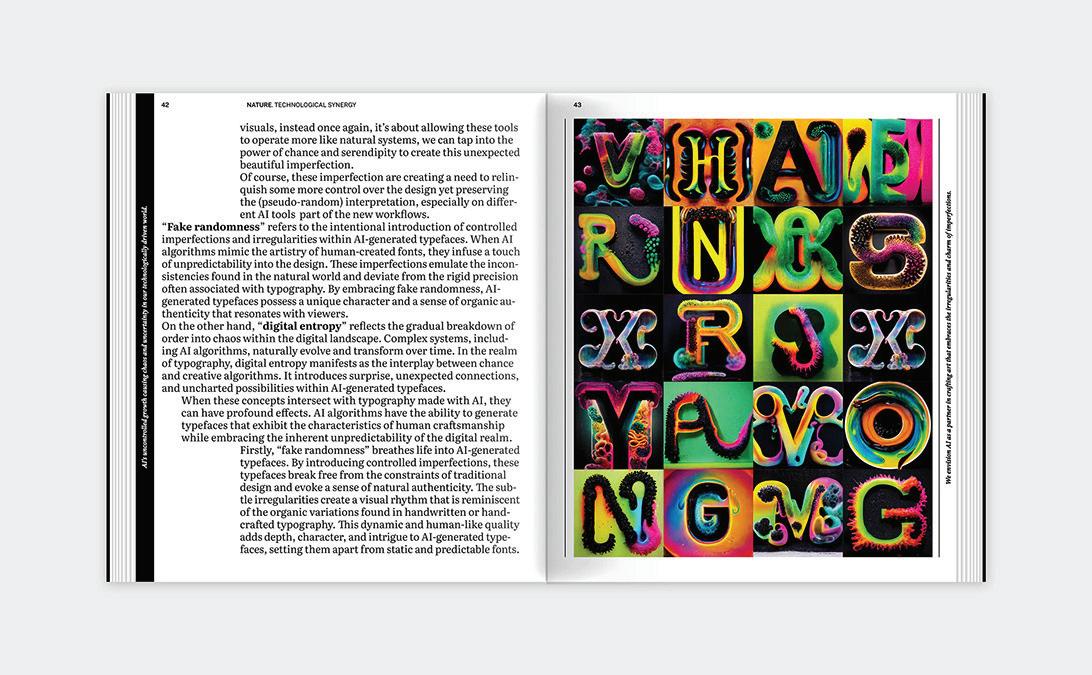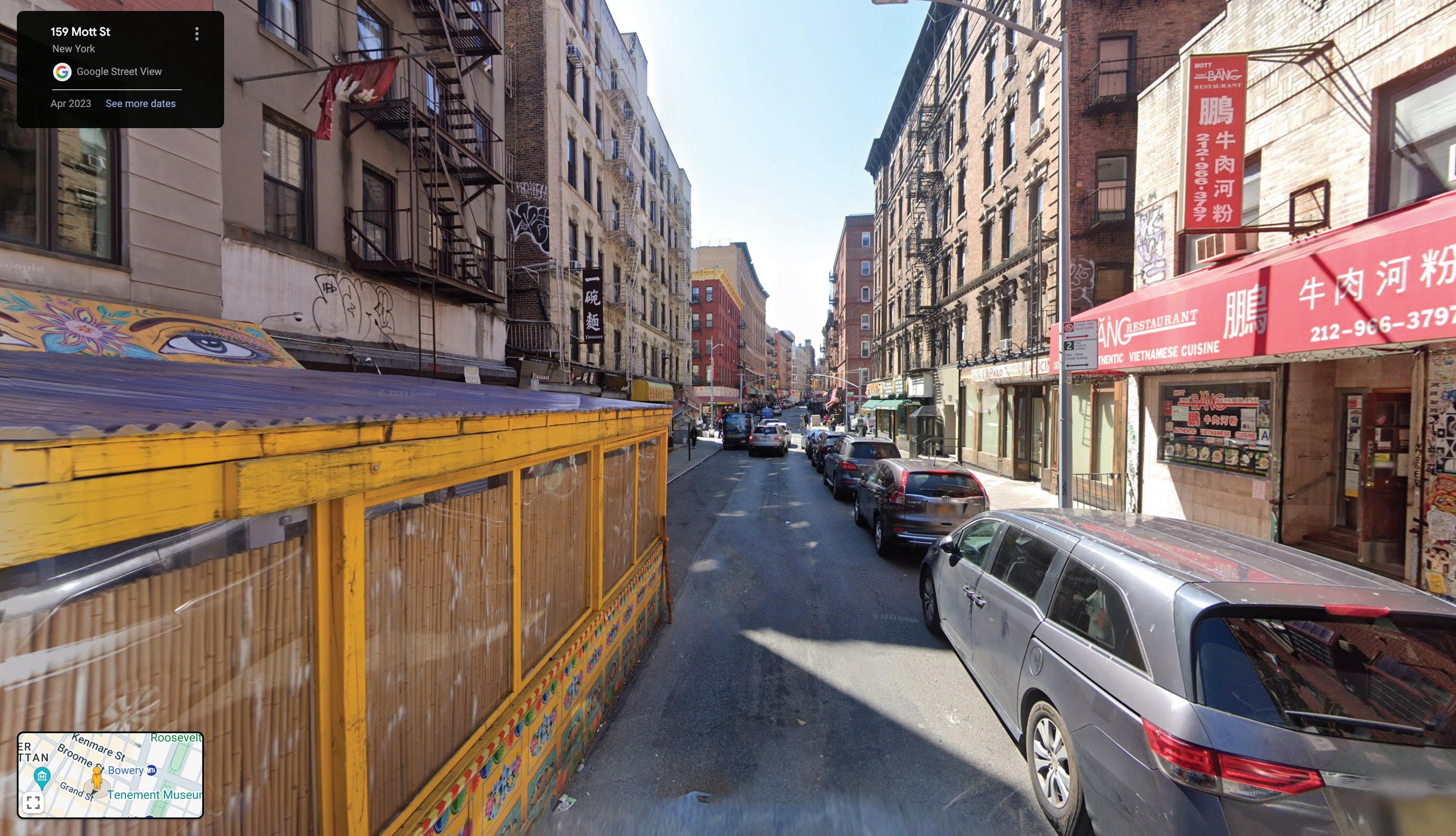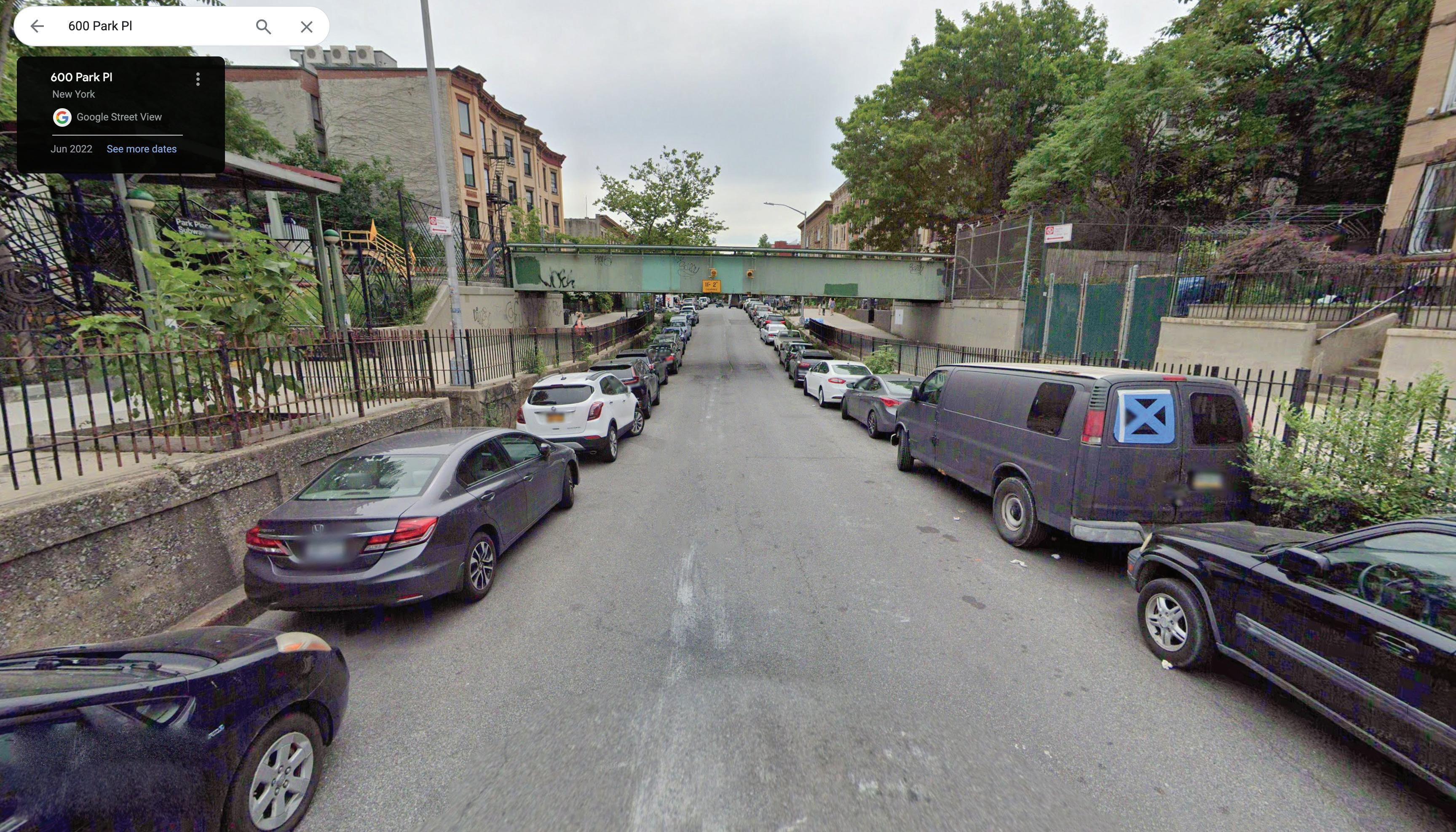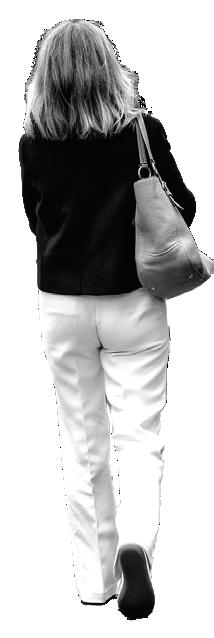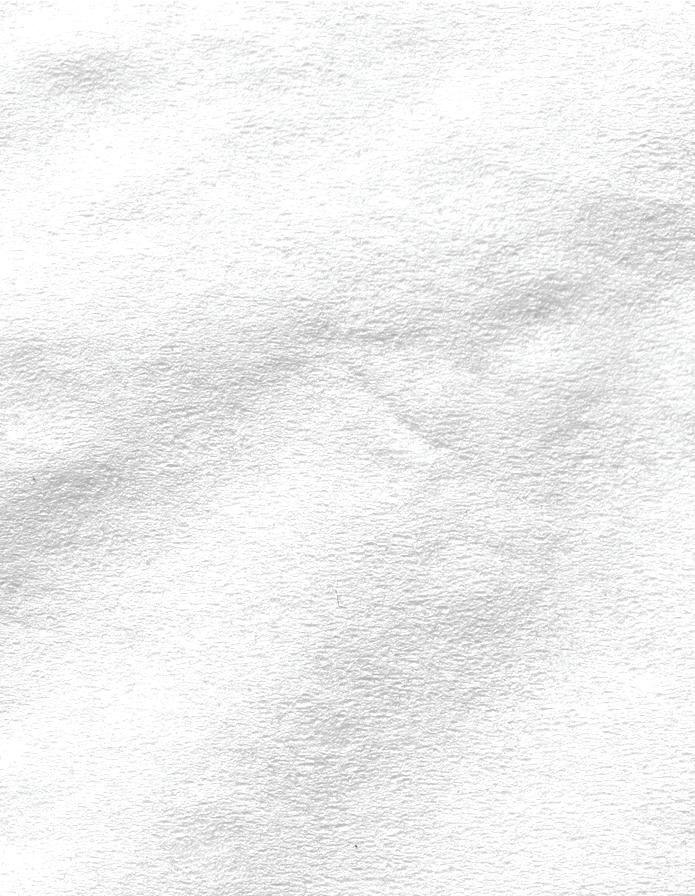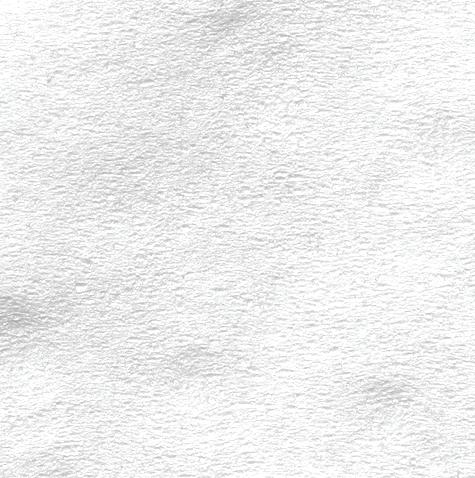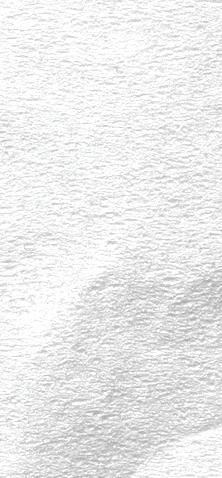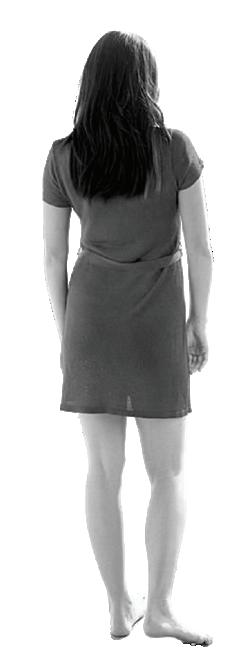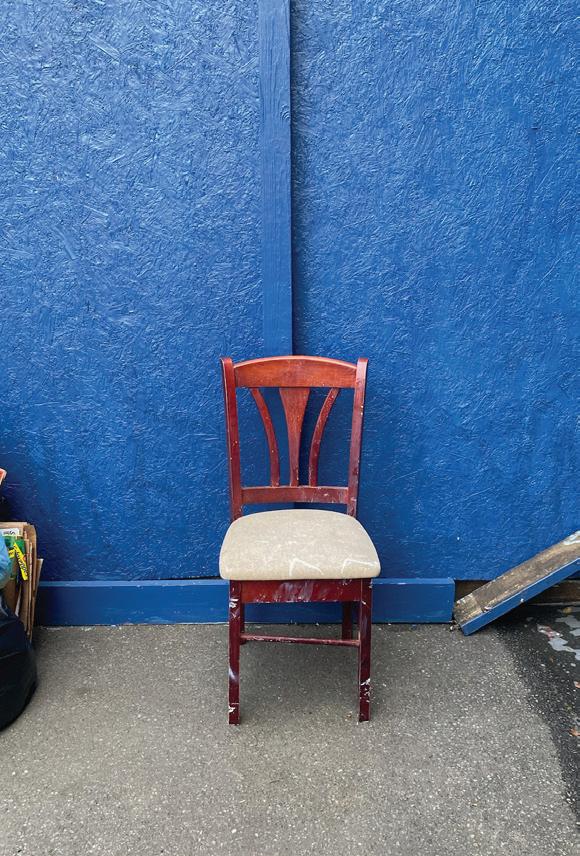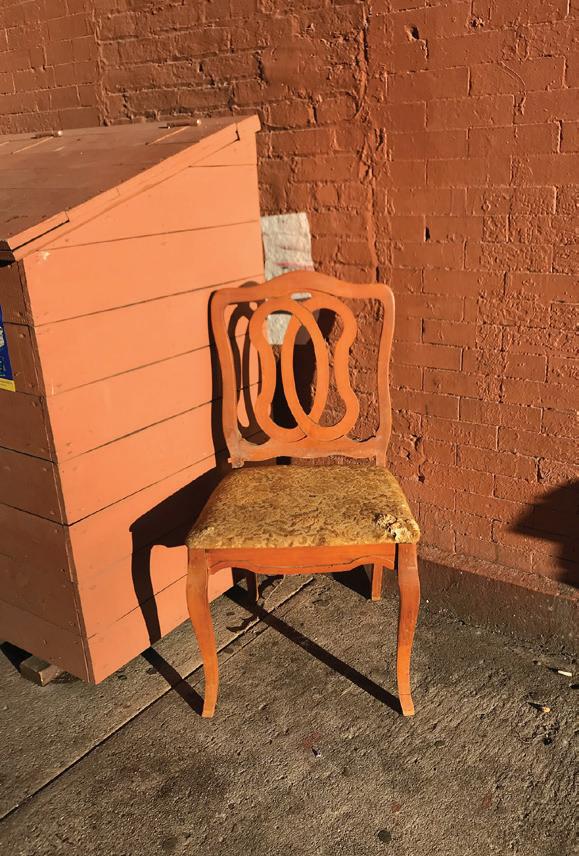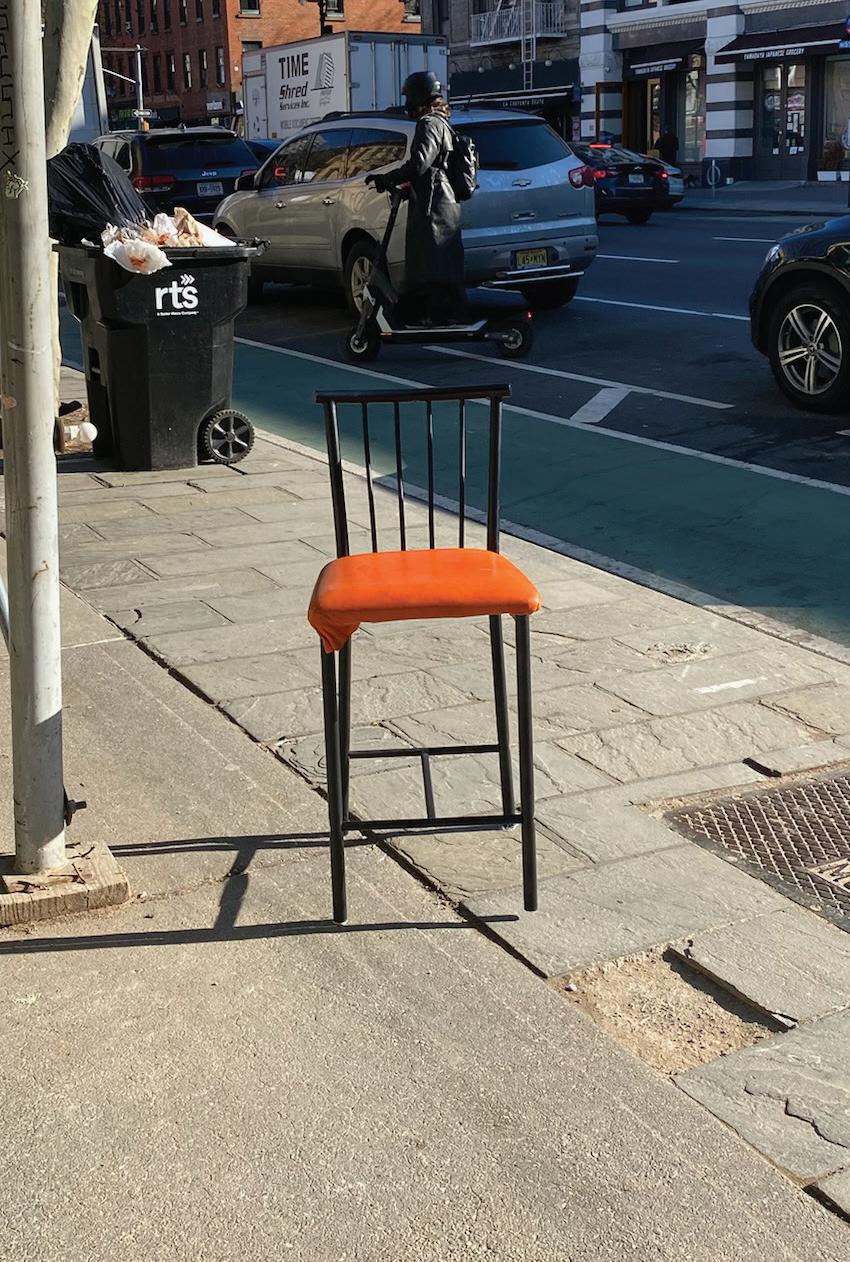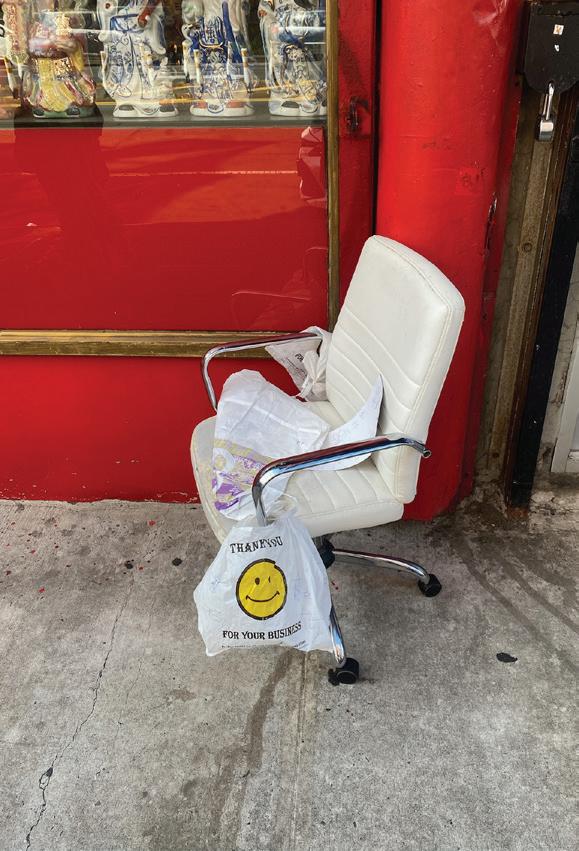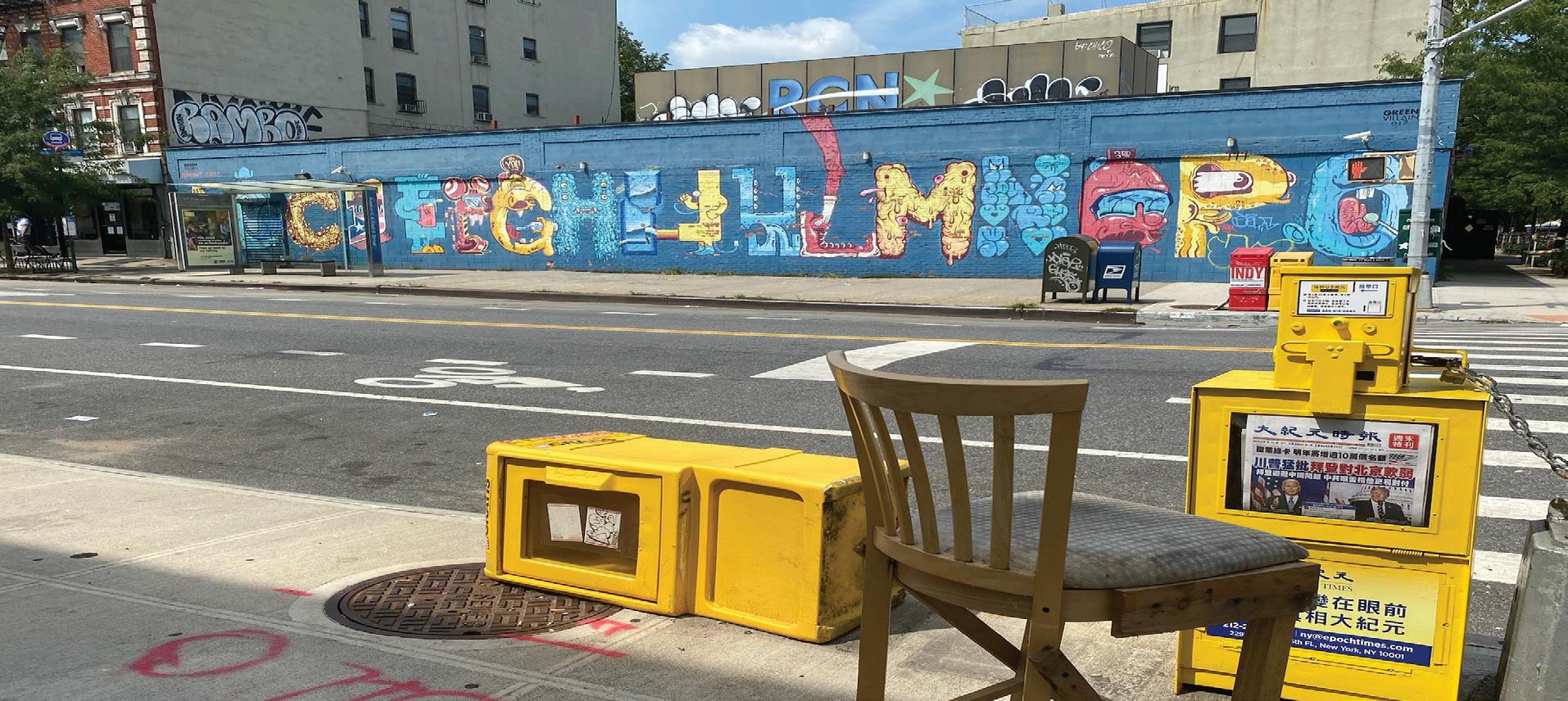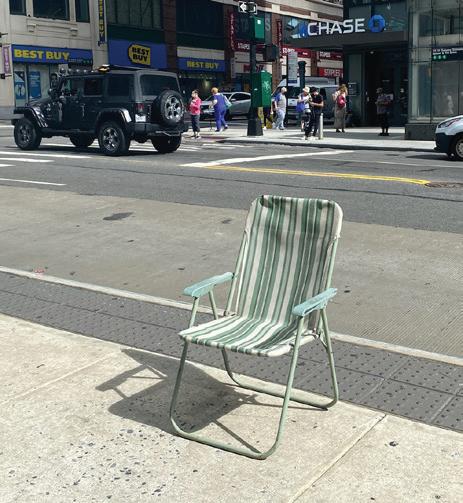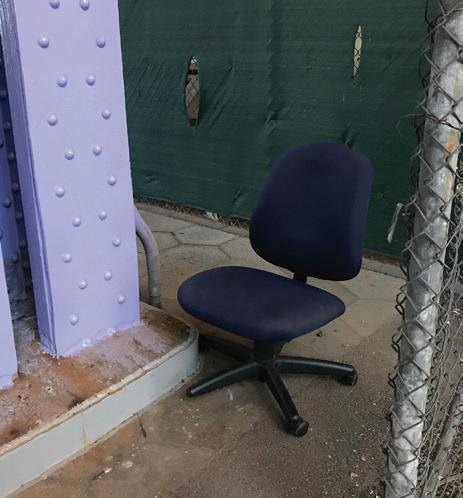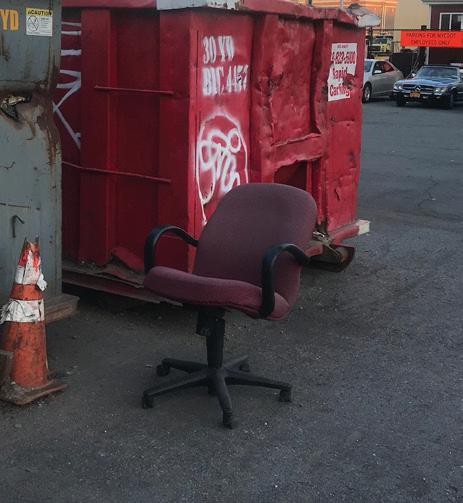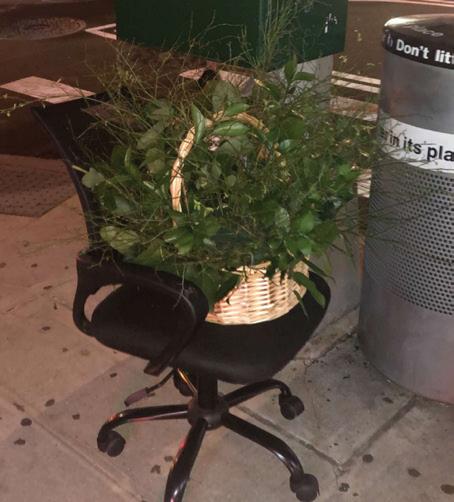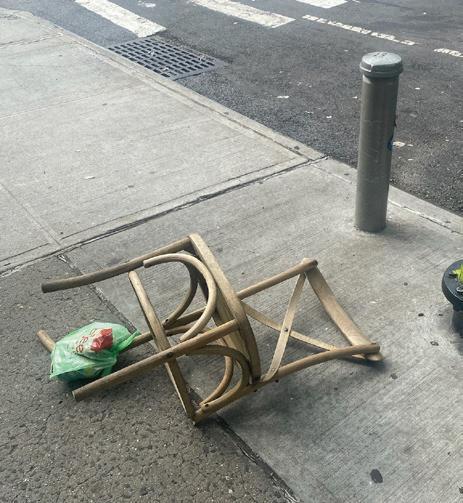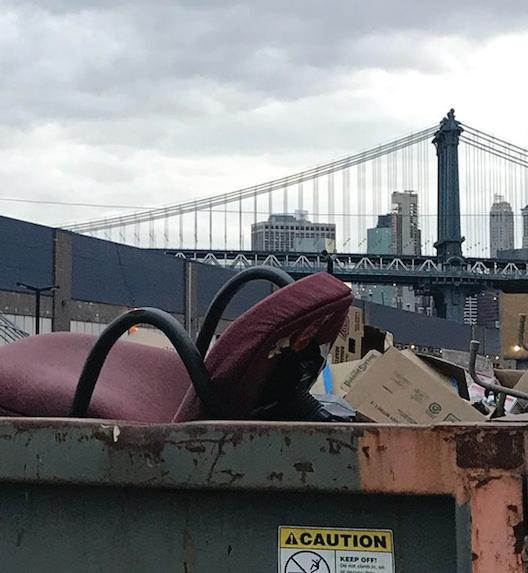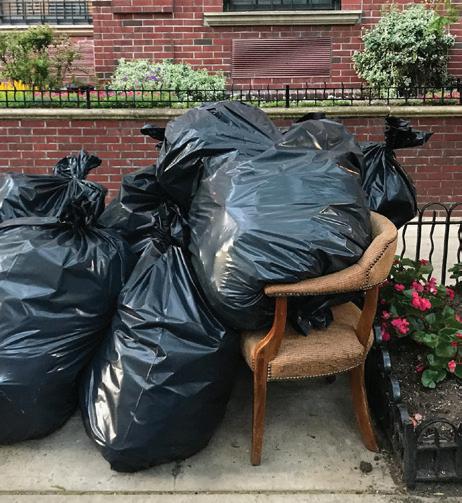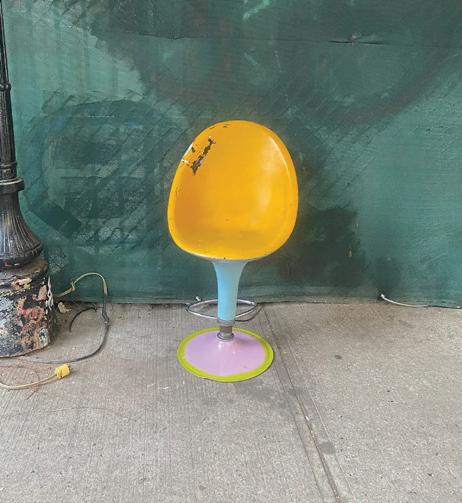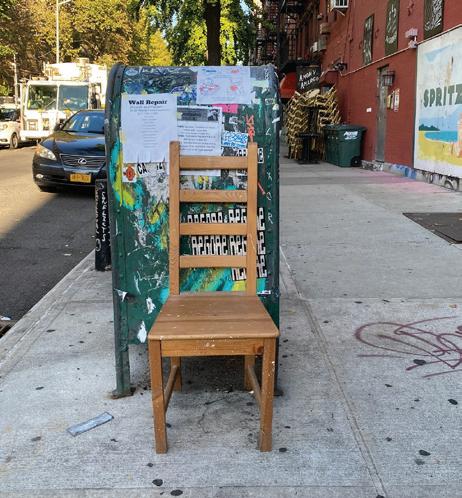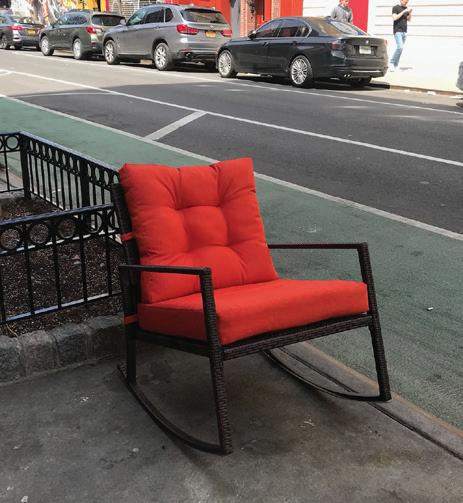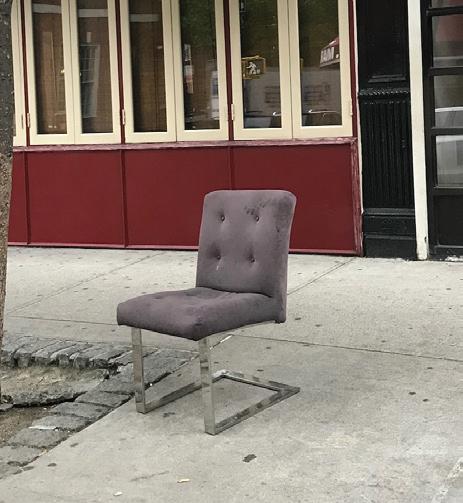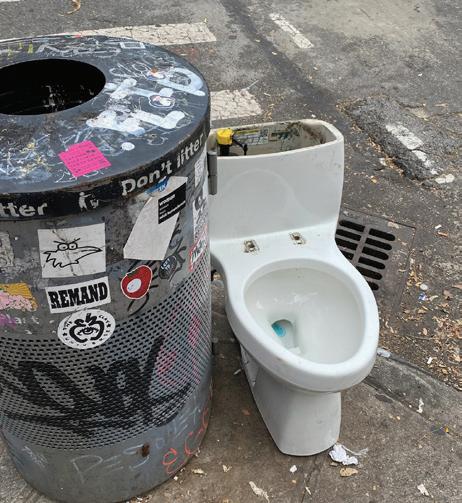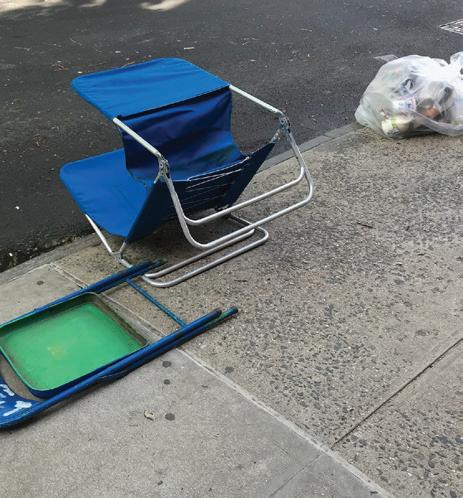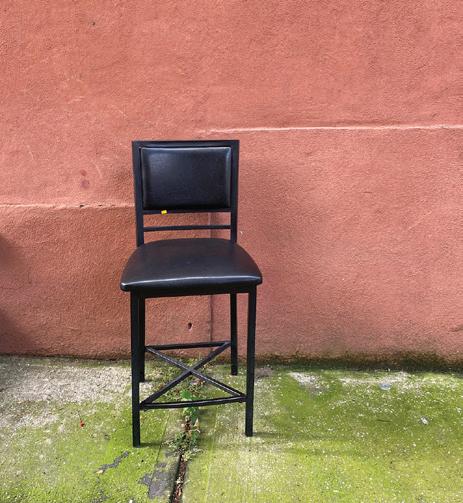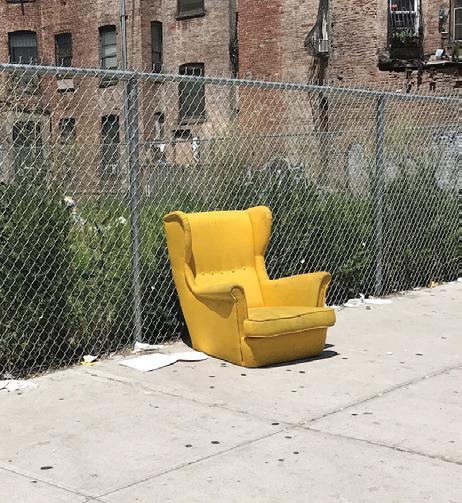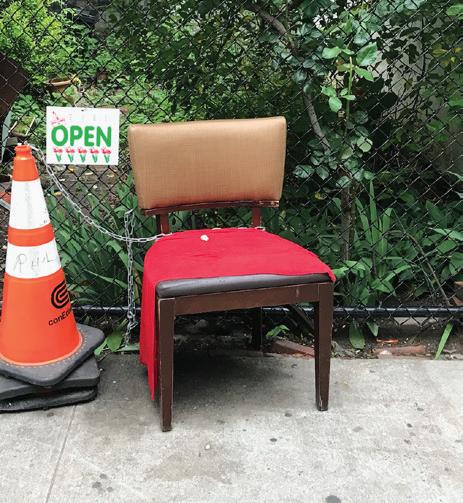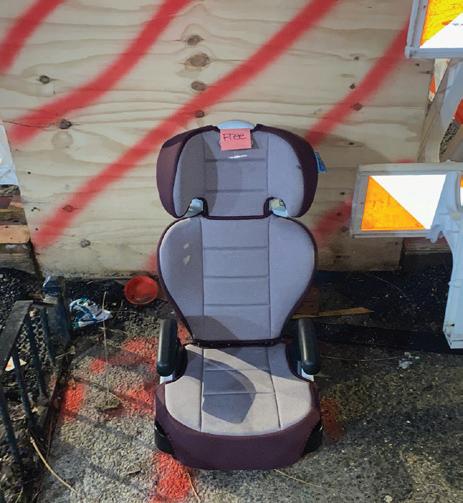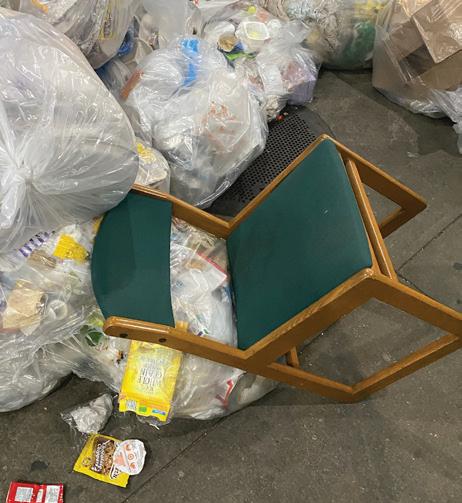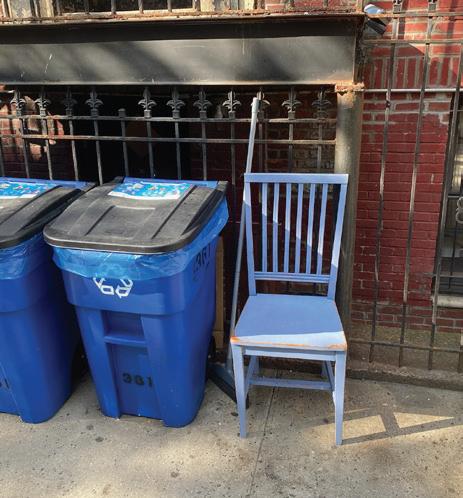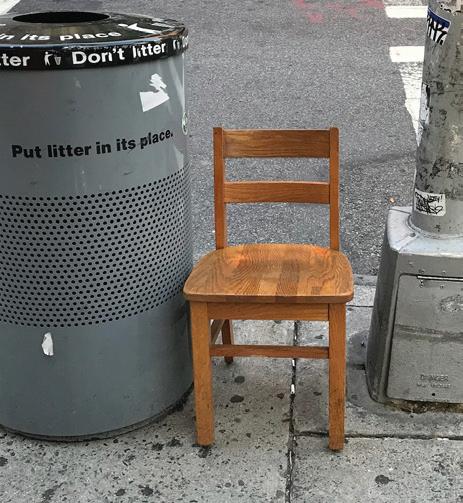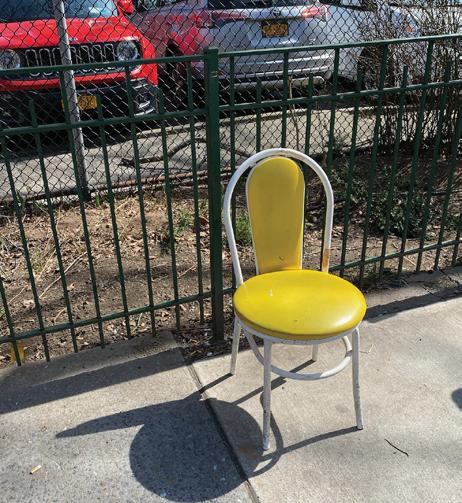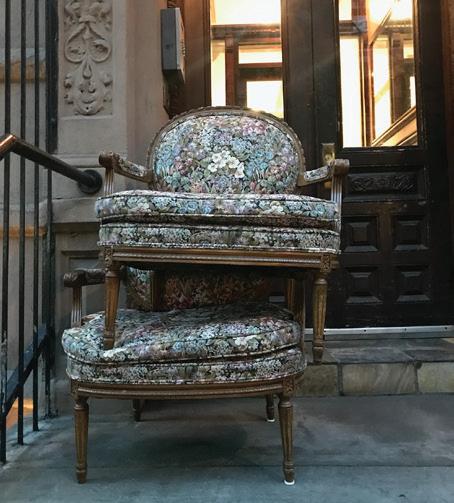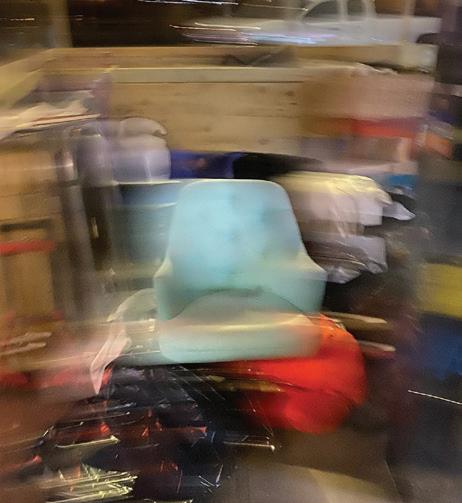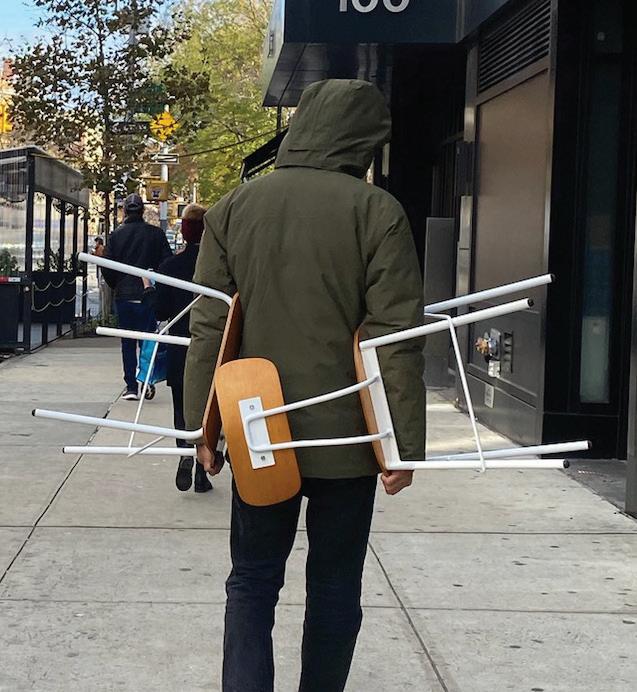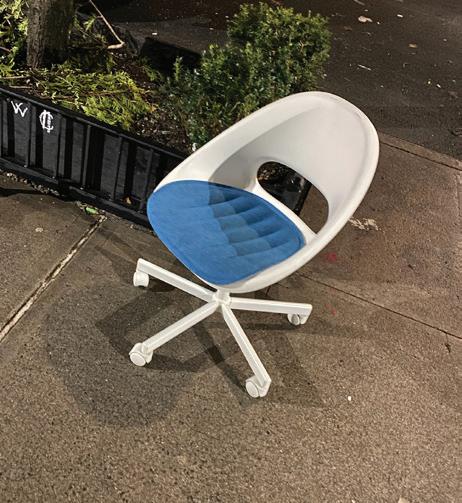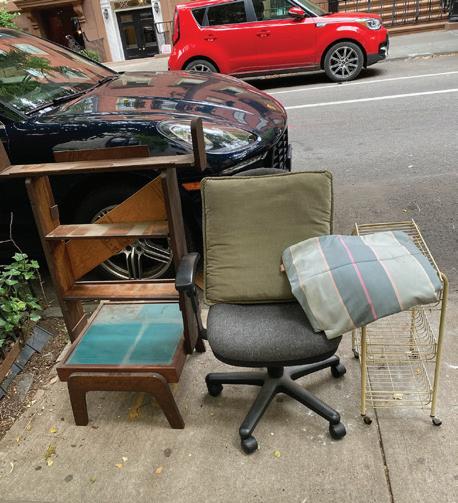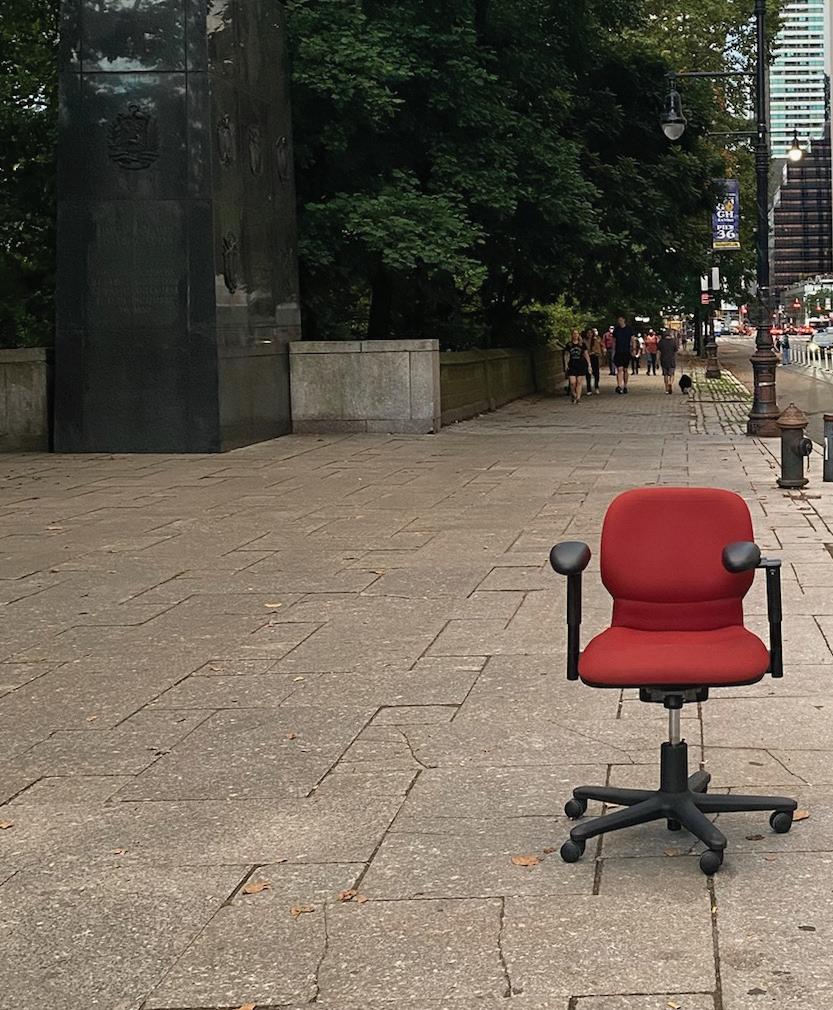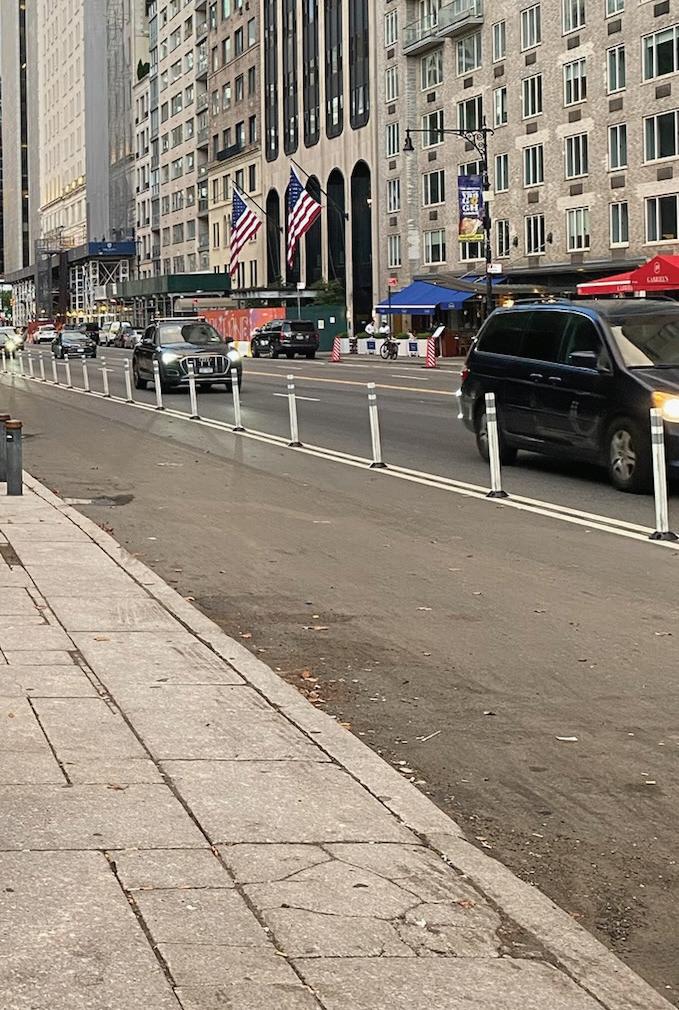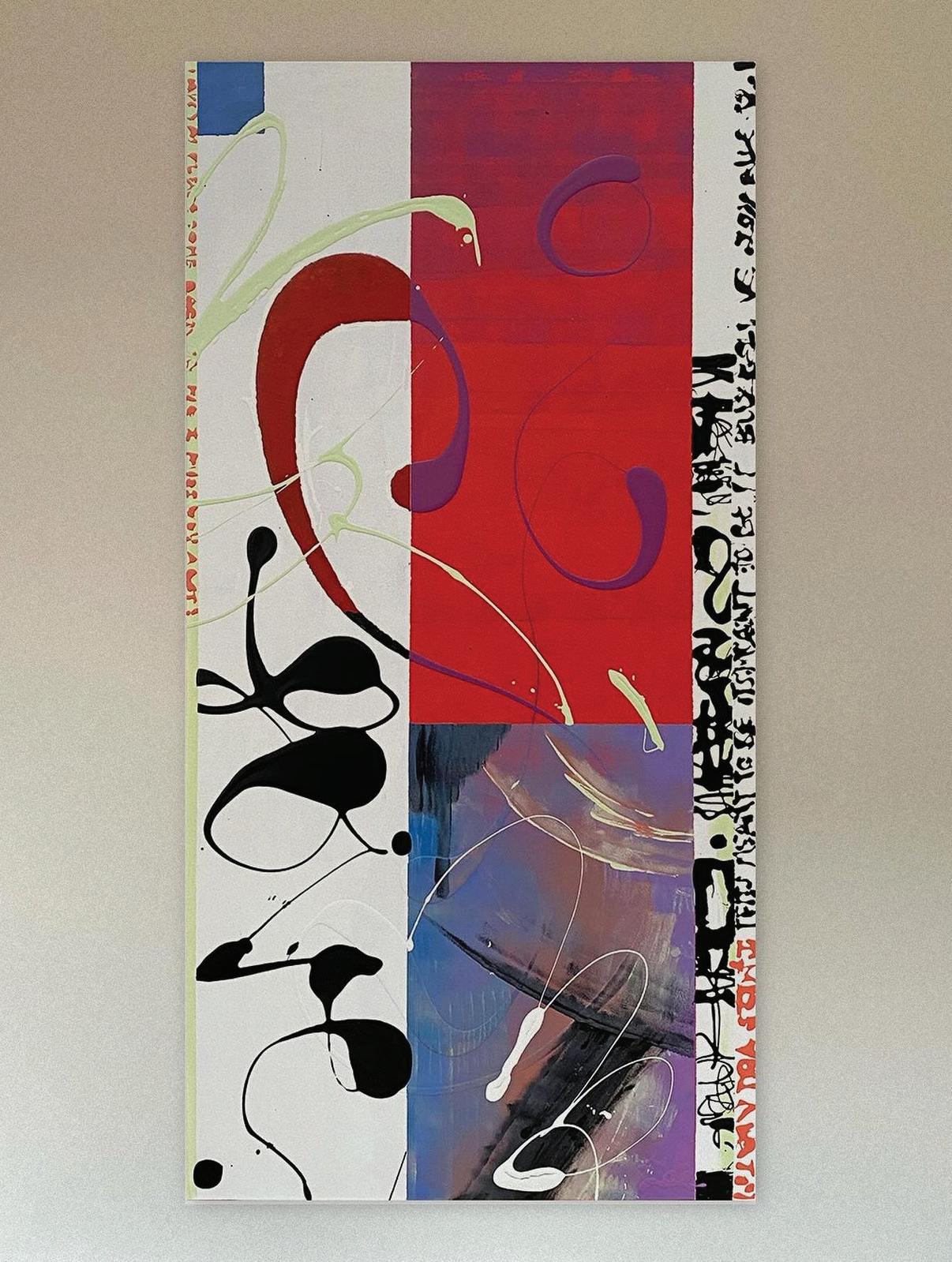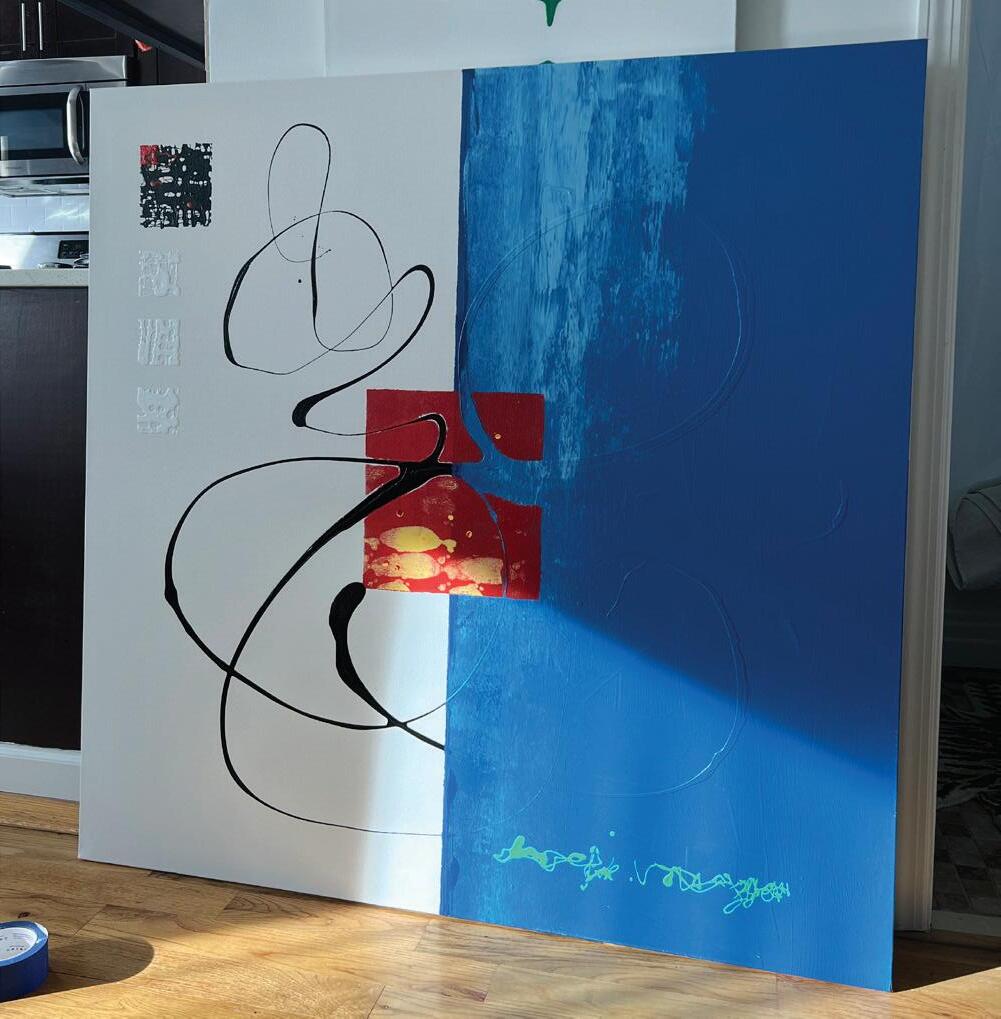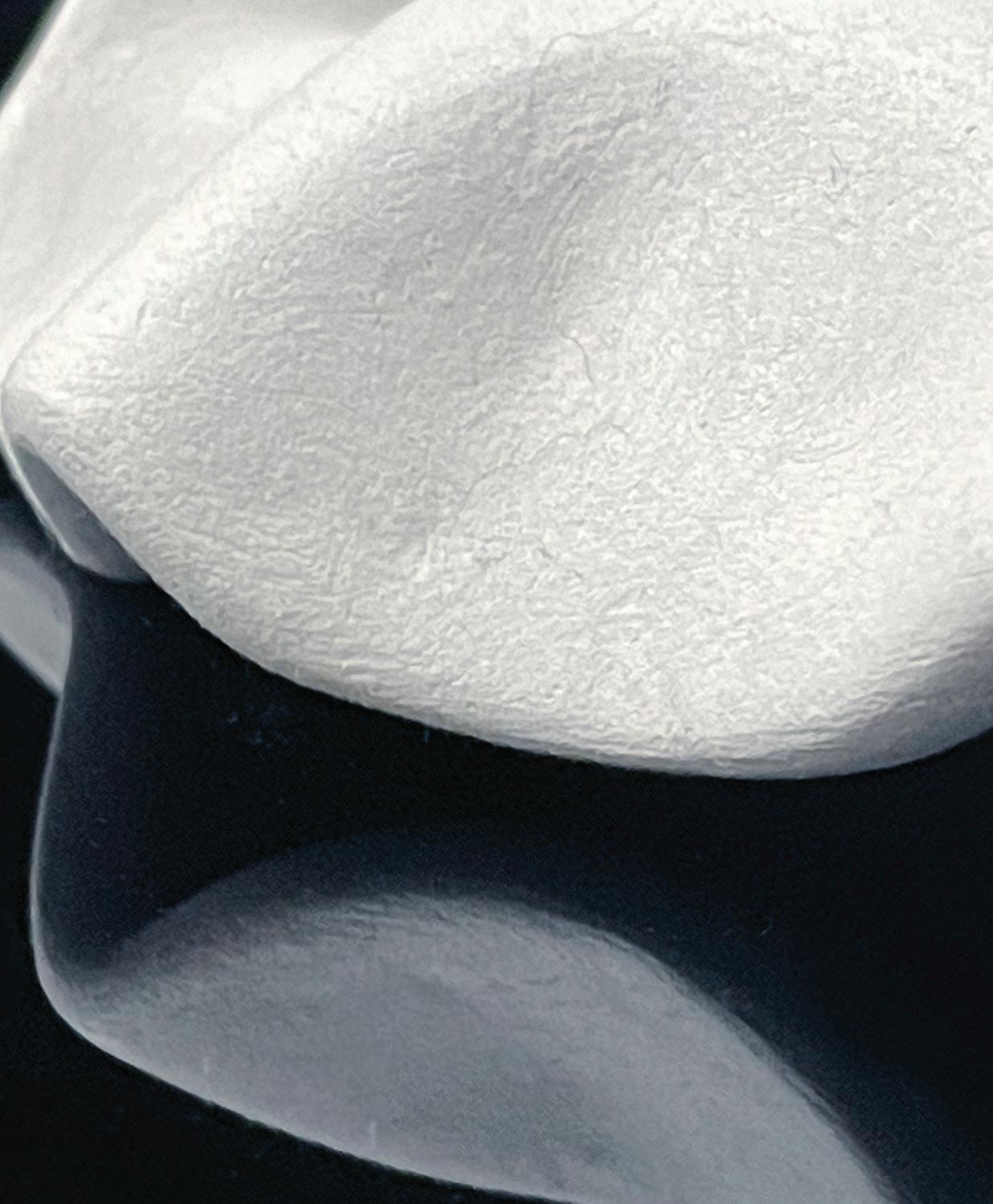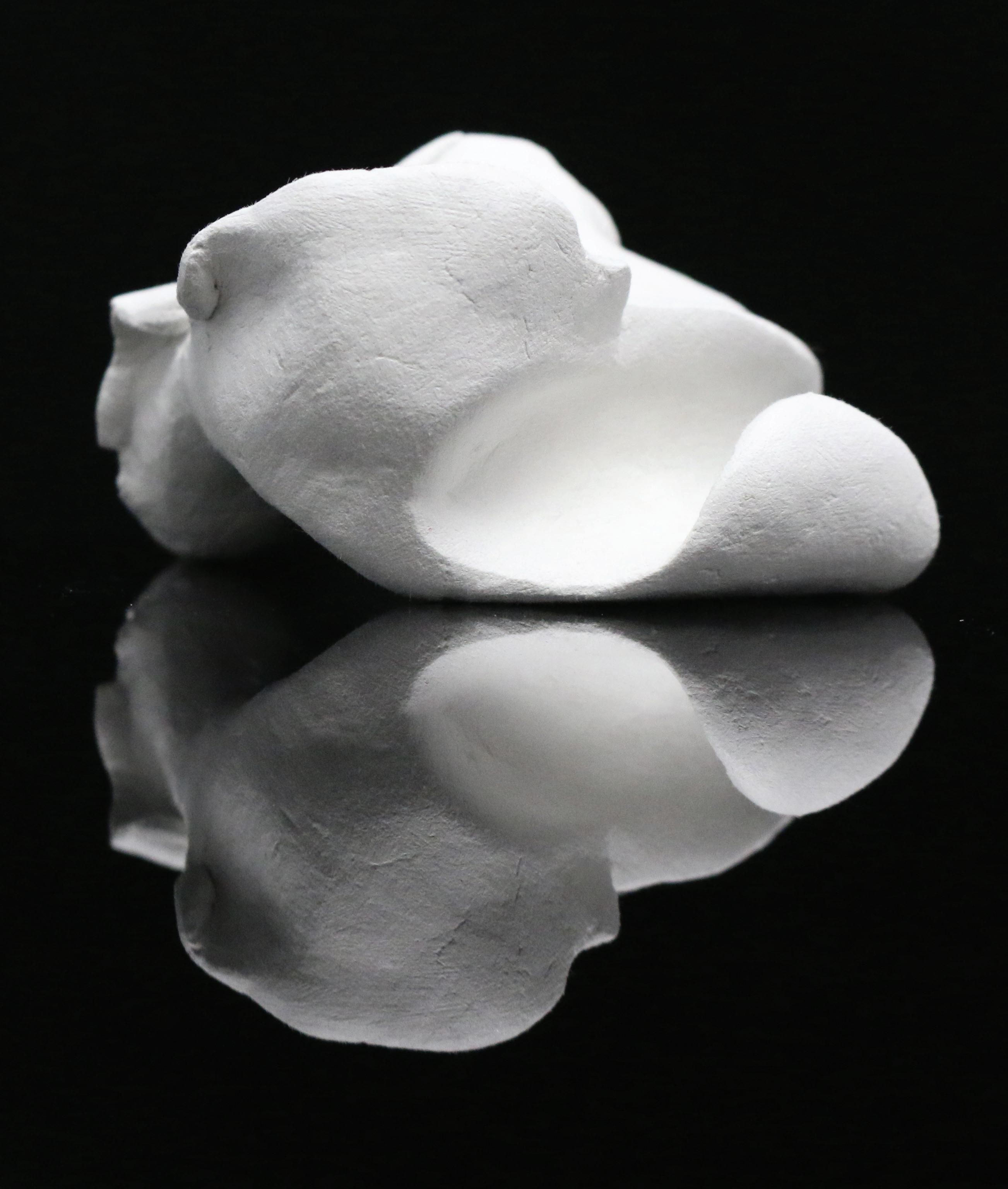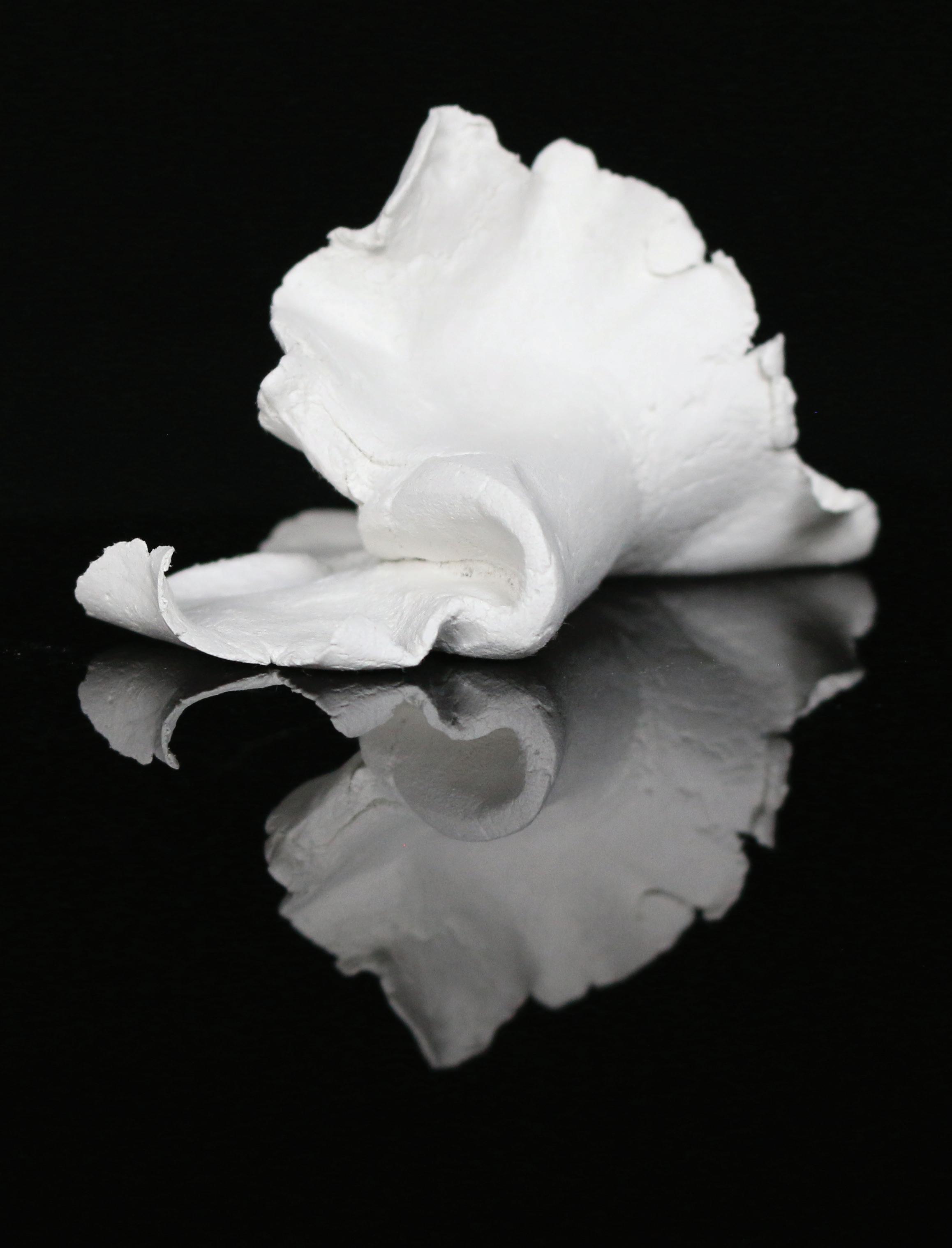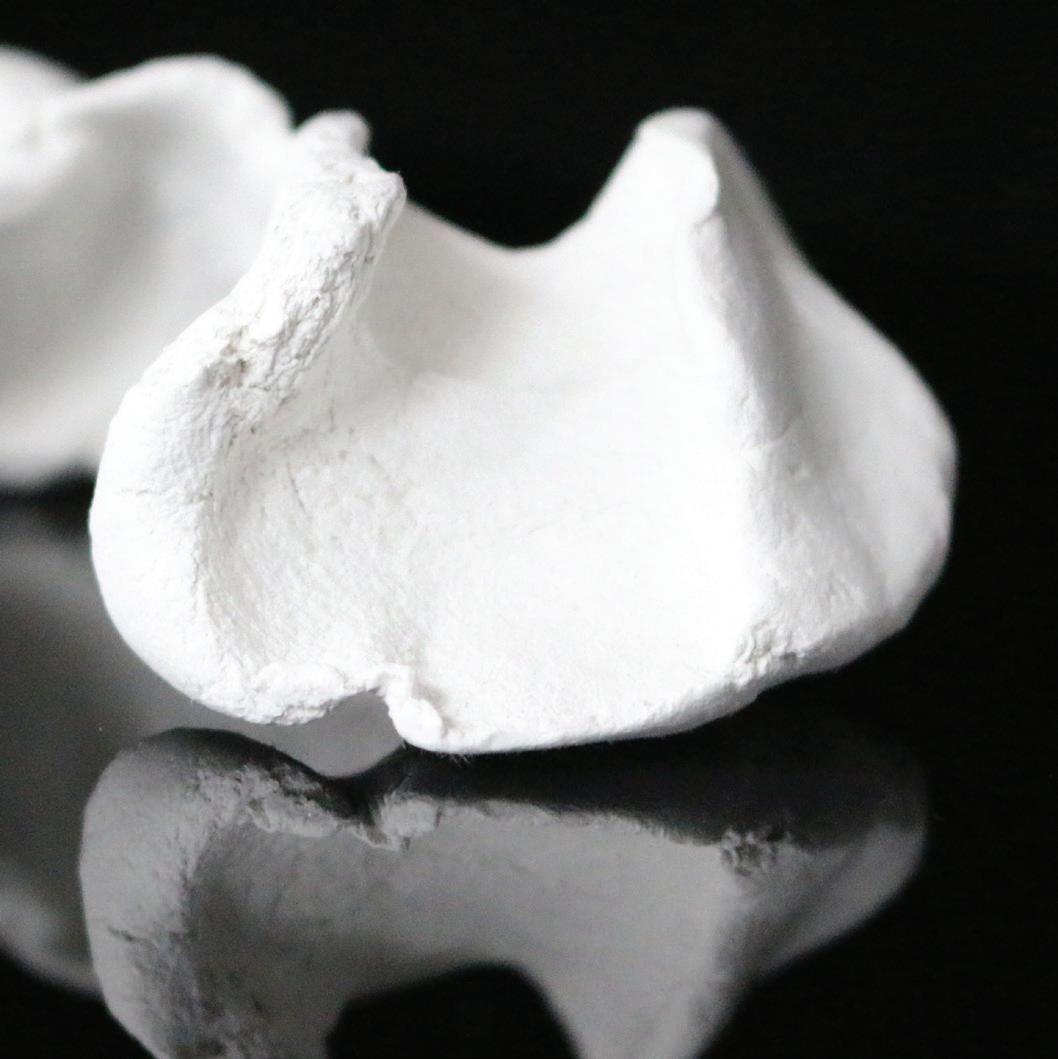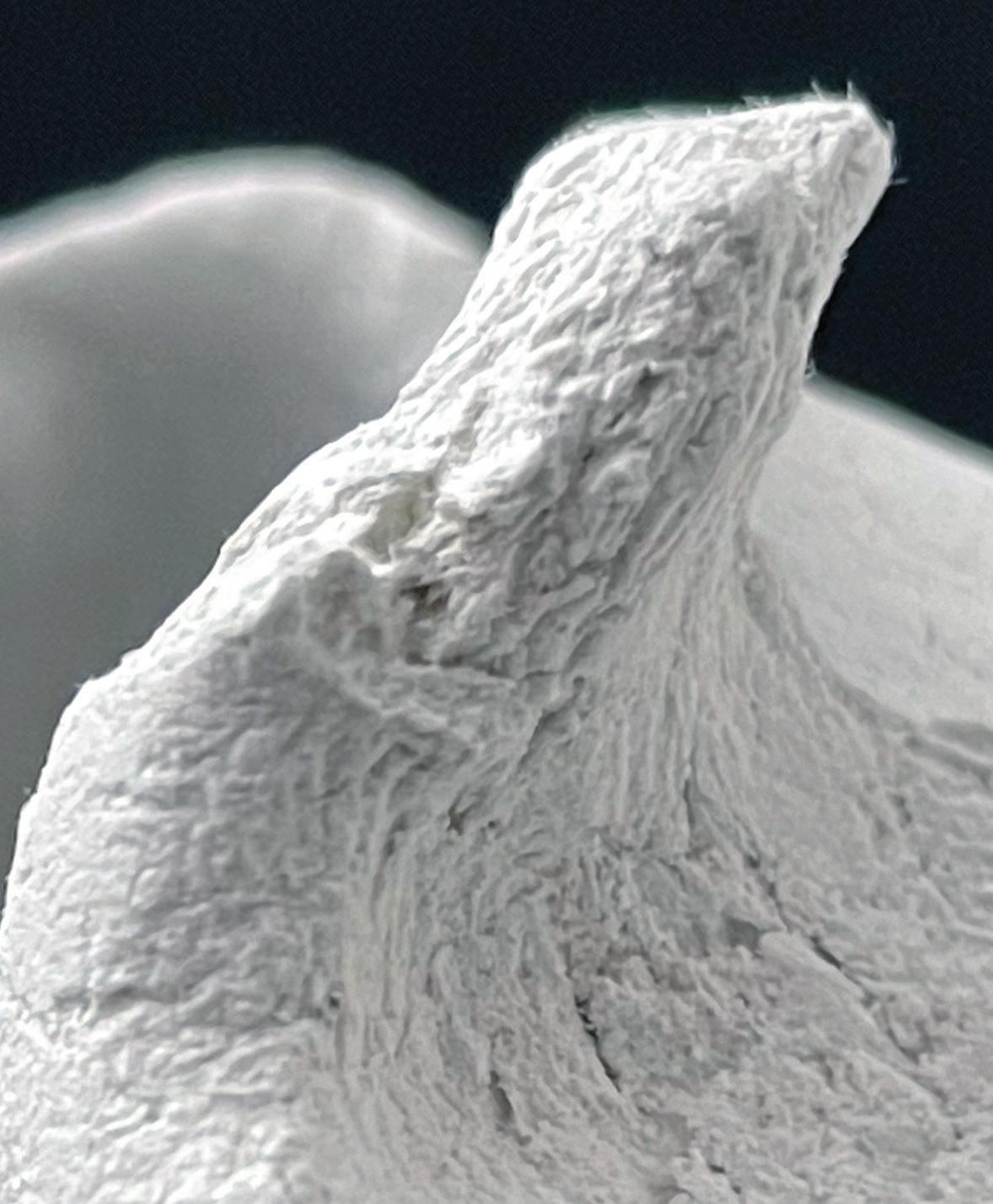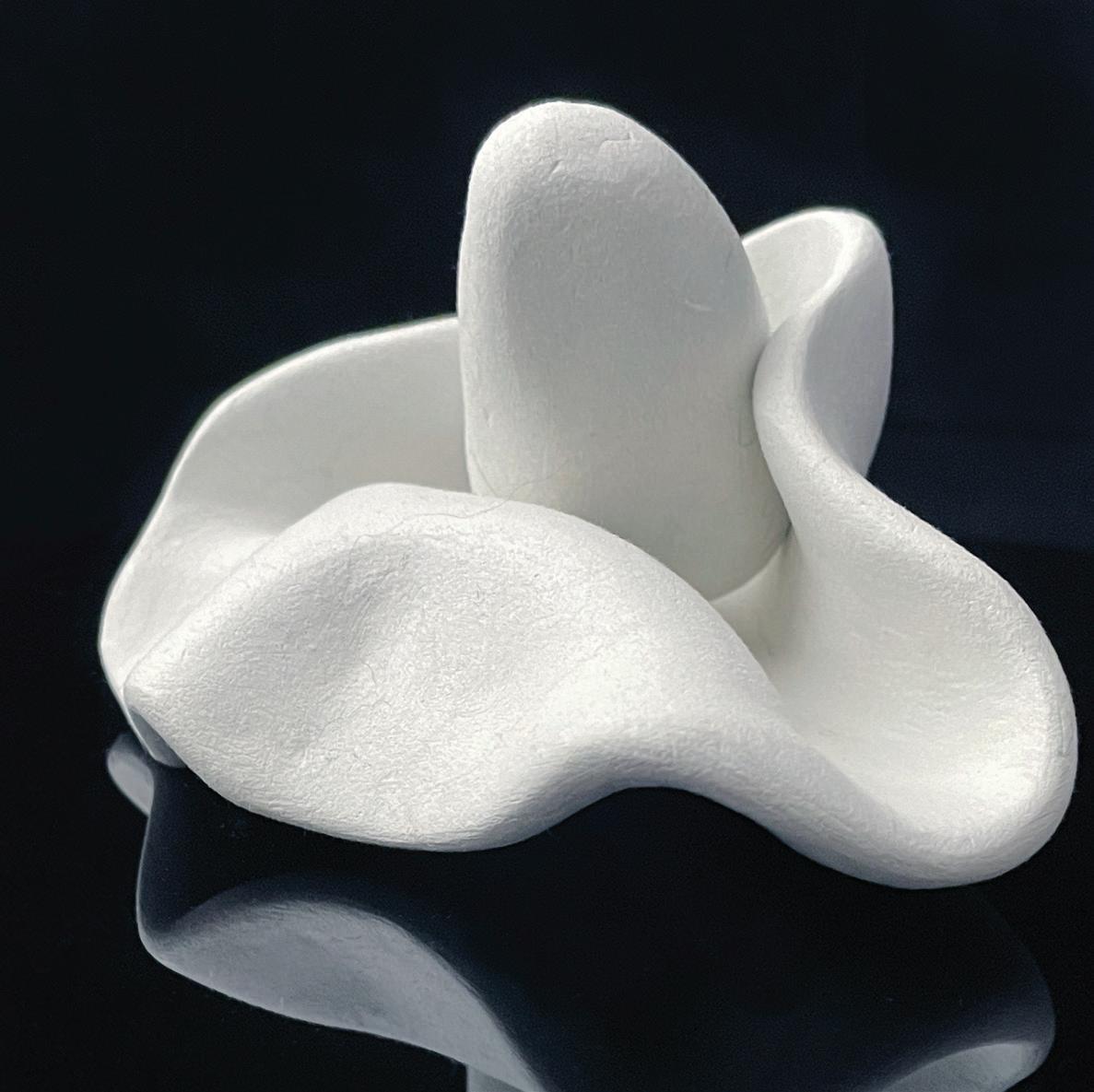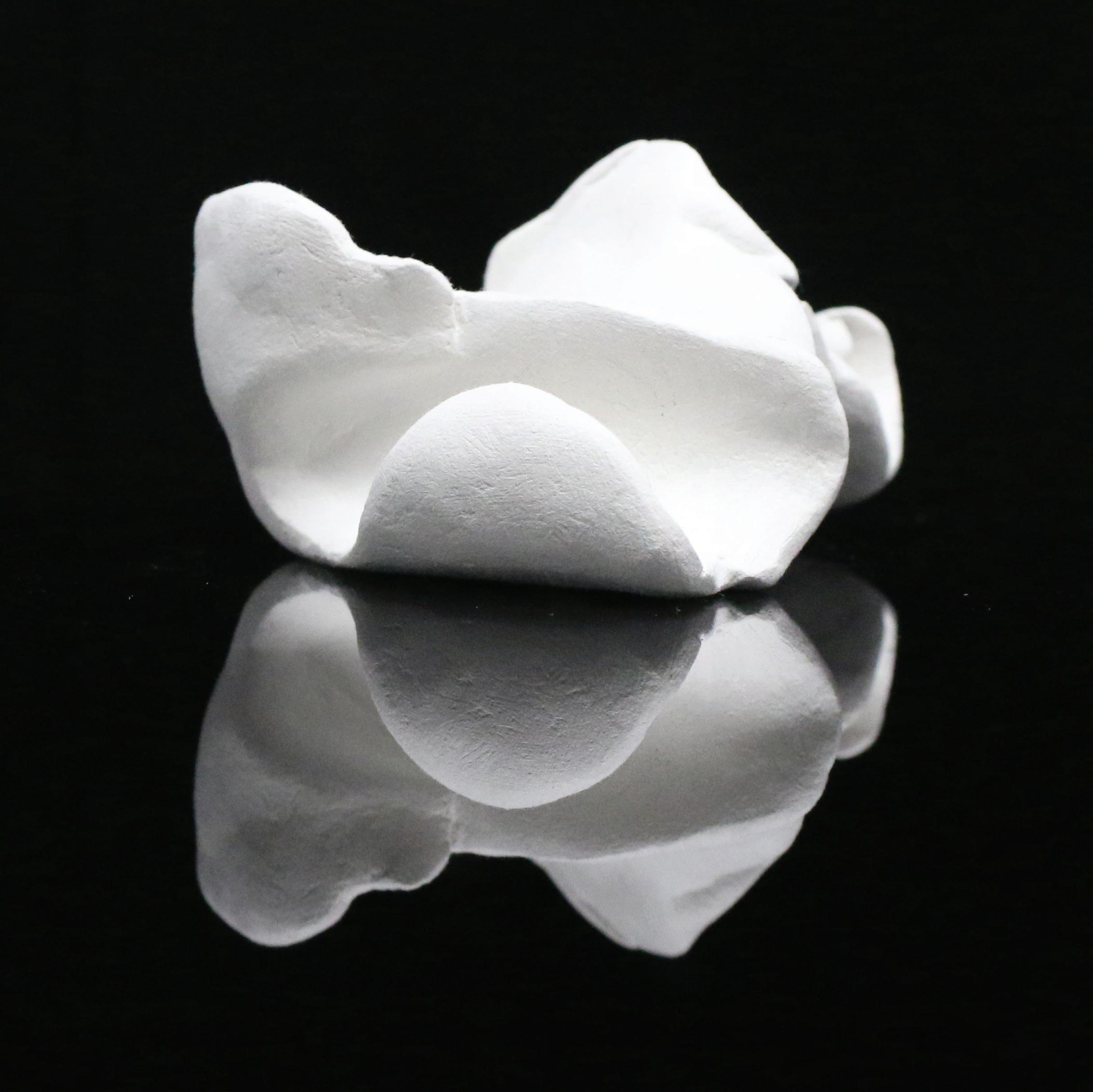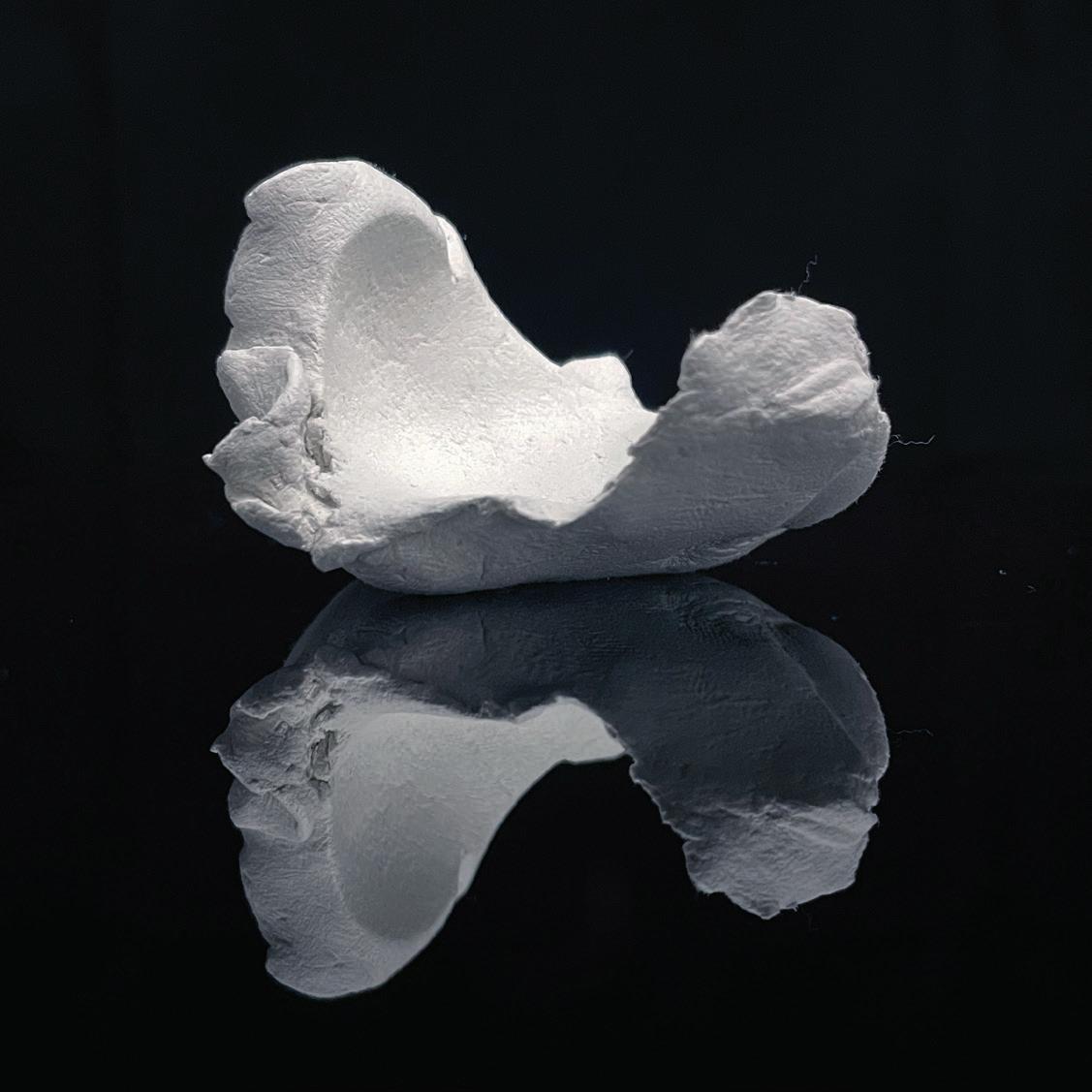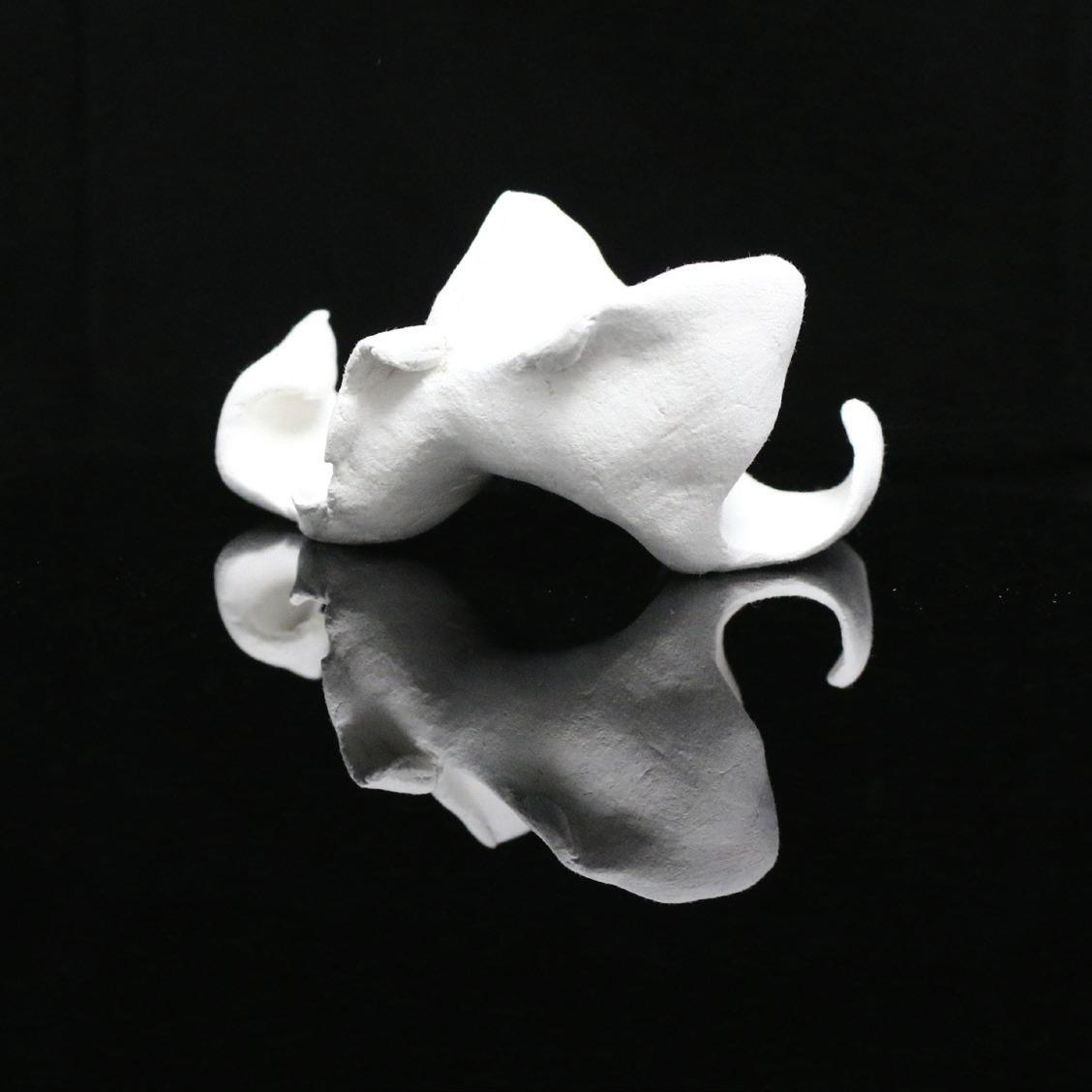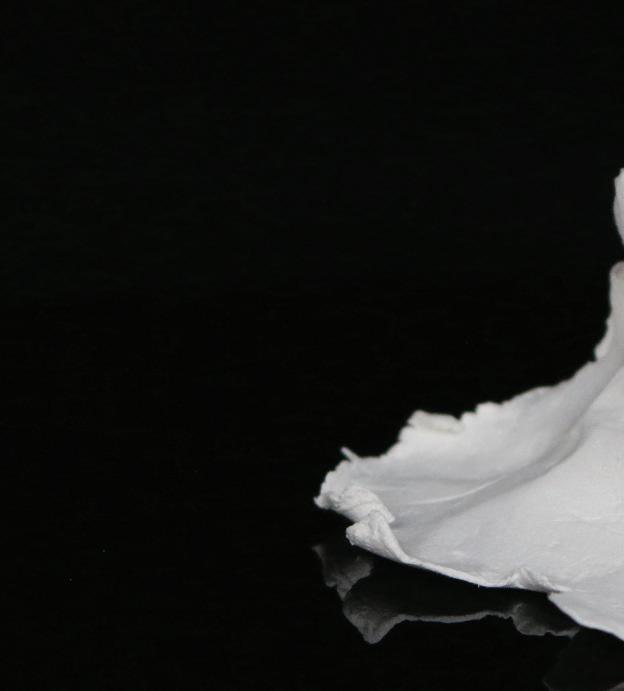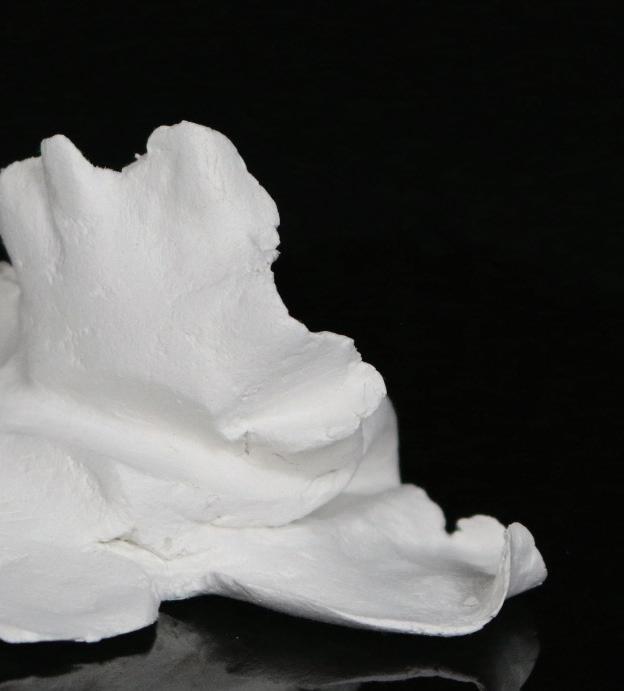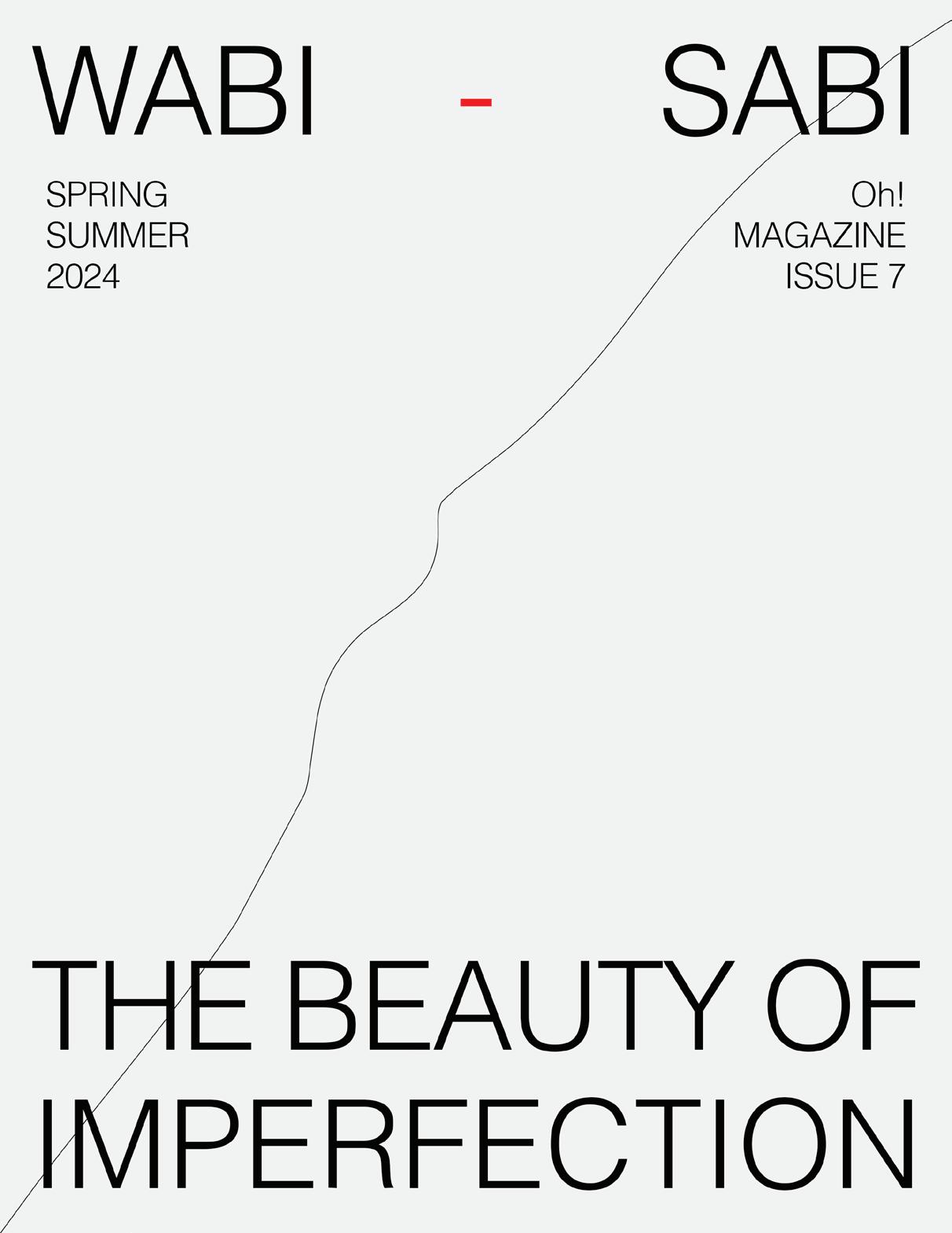TR GT
Last time we talked, “Aesthetic Imperfections” was an experiment that you shared with your audience through Instagram. Now it is a book. Tell us about your journey of researching and growing from social media to publication.
Right after Inscript 2022 and my work exposure on different sources, I’ve been involved in many activities and conversations about AI and design, among the many: “Hot right now 2023” - trend book from Awwwards, speech and workshop on A.I. at Tesco design gathering, having my work featured two times by Stefan Sagmeister, being invited to chat about A.I. vs Art with Redsofa, being invited by Domus Academy in a webinar about connecting the dots of my career path, the interview for you of course of last year and so on.
All of these were great input I wanted to collect and converge into a unified (and divergent) story about A.I. and the dialogue between human and machine through the lens of typography, that ultimately is the technology of language - again the synergy of a technology that becomes always more biological. I went deeper into the 3 pillars of Time Nature and Evolution, zooming then out to embrace the context of the change we are living.
Also, all conversations with the Slanted team, my mentors from Domus Academy - to name Claudio Moderini - and from the University in Naplesin particular Cateriana Fiorentino - have been definitely a big plus into the journey definition.
This has been the consequence for the need of providing visibility of the importance of conversation, adding the future scenario chapter where I’ve invited: Mauro D’Alessando, Igor Pancaldi, Kyle Wheeler from Tesco, Disguise and R/GA to talk about A.I. to support experience development in several areas.
Tell us more about the book. What should we expect?
The book is a testament of this moment we are living as the beginning of the co-creation era. It’s proof of the exploration and investigation across Impact, Balance and Time over the utilization of A.I. as a co-creator, towards the need for a reimagination about Principles, Roles and Utilisation of this tool and forward to the definition of new possible future scenarios.
Is print still relevant? Can you explain why a book is important to you and what qualities are valuable for the audience - compared to digital publications, social media, blogs?
Definitely, print is something tangible. It has different effort and satisfaction.
It’s about going deeper, not just on the story, but on the whole physical construction of the product that contains the story, where each detail is just a tiny part of the bigger picture.
This book for me is the celebration of the usage of technology to deliver a more Human output, is not another digital artifact but a physical, tangible one, made to stay and to immortalize a clear and unique moment that will never be back. And working with the Slanted team has been a great experience and learning curve.
Let’s move to your research. From the moment you started working with AI and experimenting on typography, did you notice changes and rapid evolvement when it comes to tools, technology and A.I. possibilities?
Mass-market tools are rapidly evolving and actually released daily, and yes there’s rapid evolution, however, for me this rapidity of evolution is losing what makes A.I. unique. A.I. uniqueness stands, from my point of view, in the imperfections, when it comes to image generators.
They are visual dreamers.
By this I mean the visualization of unreal dimensions and connections, based yes, on reality, but with unique Imperfections. The new versions with their new algorithms, are instead going towards the 1:1 mimic of reality in their visual expression.
So, what is important is how we use and combine all the tools and versions available, into a nonlinear workflow, to influence the randomness of the results and the life we provide through motion.
What’s you take on ethical use of artificial intelligence after your own experience in this world?
When we talk about ethics there are several layers. I’ve embraced the ethical usage of respecting artists’ styles trained as style, not using it. Instead, I’ve decided to use different versions of the algorithm to create my own reference images to feed new versions of the algorithm to produce more unique and “style transfer free”.
In the context of my research and my exploration, however, ethical considerations are going far beyond this.
Data quality is a key element to ensure ethical usage of A.I. when it comes to controlling an ethical response, there are many alerts about chatbots that sexually harass users, and over time when the model gets fed by his own responses the bad usage of data might lead to unpleasant surprises.
But even more, exploring the whole idea of A.I. consciousness, driving to a system awake state that does not need anymore human input, resembling the human concept of eternal life became clear, and so I’ve asked myself, what’s next?
A.I. can definitely generate ghosts. This is about a celebrity that will live forever, with his voice, and pictures creating a digital life meant to stay. What will be the human ethical response when this becomes a reality?
You are also part of the Inscript 2023 team. How was your experience designing their visual identity?
Yes, This is the beauty of Inscript, I’ve connected with people and got involved in the branding creation. With Kacper Pietrykowski, we have worked on this idea of having a brandmark able to adapt according to the voice of the individual, serving different moments of revealing the artist, highlighting the work and showing the shares of the communication. Working with the team and Kacper has been great, it was an opportunity also to see current limitations of AI, when it comes to evolving brands’ concept I’ve envisioned. We could have worked and investigated more towards AI opportunities to enhance even more the concept, however time for side projects is a constraint. Finding the time between all the different projects and daily job and family has been a struggle, yet we have delivered something great for my POV as branding, and it has been still a moment of new learnings. So I’m really happy to be part of Inscript again and to continue this journey connecting the dots during this year’s path.




A.I. can amplify the potential of typography and visual messages. In regards to type, think about accessibility, about language variations, dynamic changes based on external parameters or even, what typography would Siri, Alexa, Chatgp4 or so, choose for them to communicate?
The visual enhancement is pretty clear, visual messages are the perfect mix between typo and lettering, where the cognitive reading is not anymore based on the functional rules of typography but for the visual association to the meaning.
What should we expect to see in typography the coming years, when it comes to a.i., technology and trends?
So much of life feels fleeting. When you’re in your twenties, one of the most fleeting things can be the very place you live. Join us as we reminisce on bygone apartments, houses, and neighborhoods.
How do you know when a painting is done? Maybe when the artist feels they have achieved their desired expression or conveyed the message they intended. Maybe a painting is done when its due for an exhibit or gets purchased.
To me, just because a painting is finished or due, doesn’t mean it can’t become undone over time. In my painting practice, I try to embrace transience and to not be too precious about outcomes. When I make a line or a brushstroke, I can love the way it looks, but it will inevitably look different when it dries. The paint may crack if the room is too cold, or run if the floor isn’t even. My cat could also walk on it.
One of the reasons I love painting is because it is a forgiving medium. Inspiration is ever-changing, so when a finished painting starts to lack a certain something over time, I try to find a new way to complete it again. Sometimes its an
embellishment here and there, while other times it’s a total overhaul. Sometimes the orientation changes, and a piece needs to be flipped on its head. With each layer, new surprises arise. The textures from past editions show through the new layers, creating unexpected compositions. A beauty emerges from the layering, and represent the artistic journey.
One of the key tenets of wabi-sabi is the notion of “mujo” or impermanence, which acknowledges the transient nature of all things. In the painting process, I confront this impermanence as inspiration ebbs and flows, my style evolves and the inevitable passage of time continues. Each painting becomes a reflection of this impermanence, capturing a glimpse of my vision and emotion at the time.
01 - JAN 2020
PHASE
PHASE 02 - DEC 2022
PHASE 03 - FEB 2024




